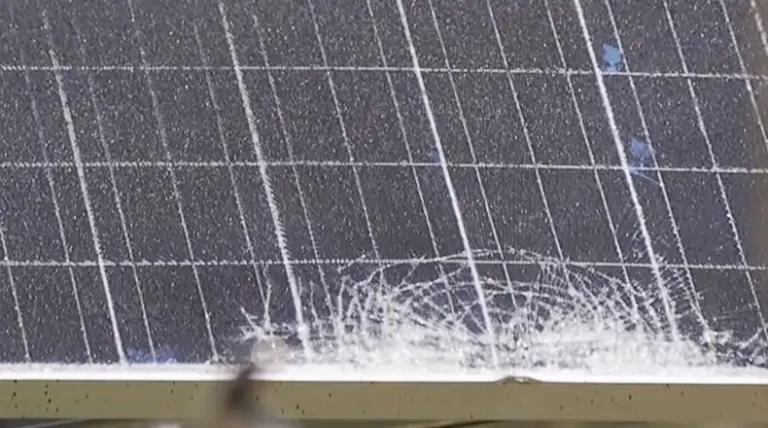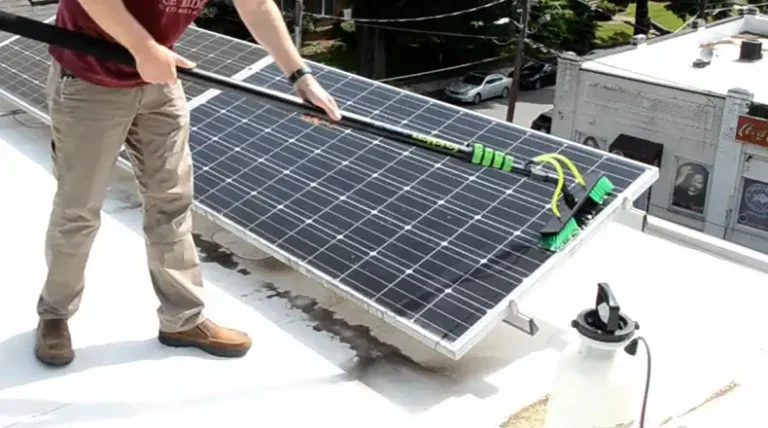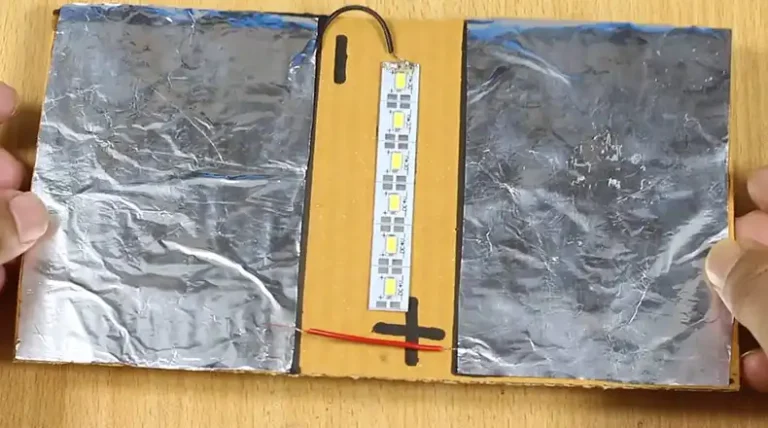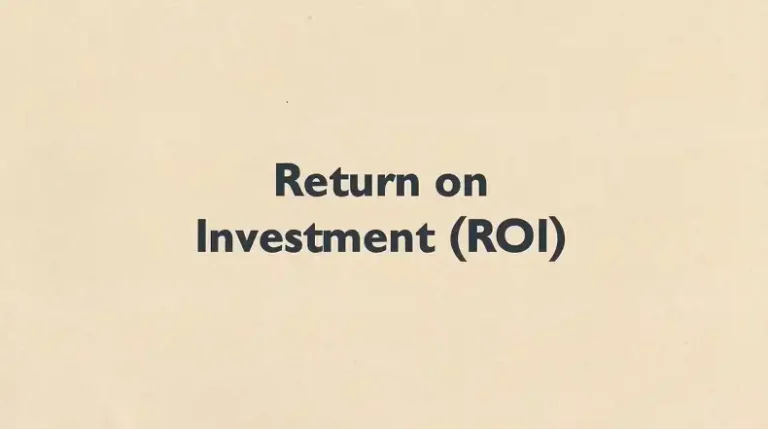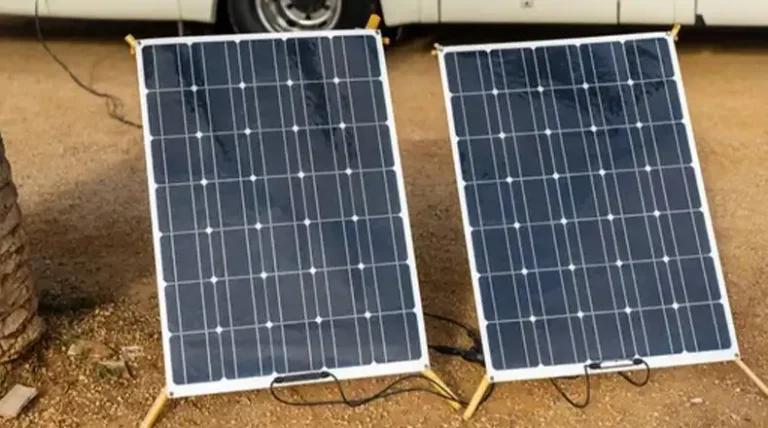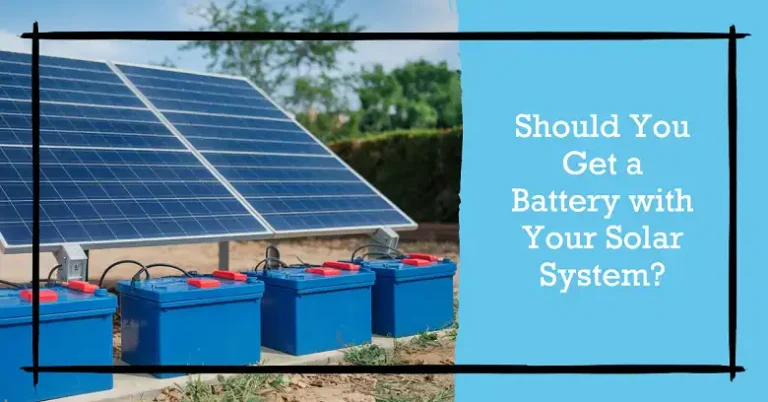How to Pack Solar Panels
Packing solar panels correctly is crucial to ensure they arrive at their destination in pristine condition. Whether you’re shipping them for installation, returning them for warranty purposes, or storing them for future use, proper packing will help avoid costly damage. This guide provides a comprehensive, step-by-step approach to packing solar panels safely and effectively.
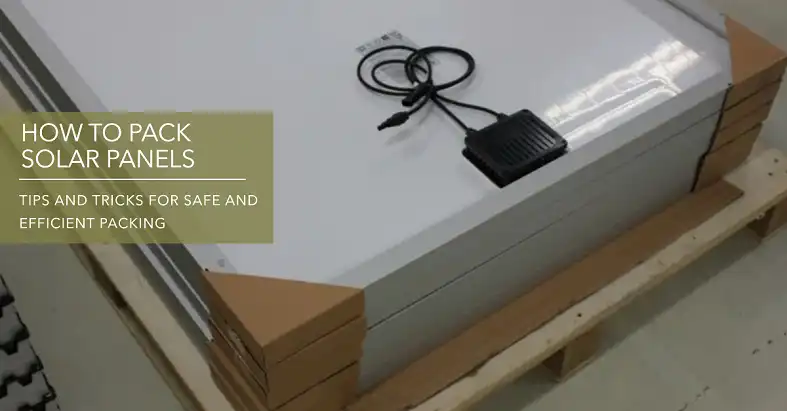
Solar panels are valuable investments, and their delicate construction makes them susceptible to damage during transportation and storage. Proper packing not only helps in preserving the functionality of the panels but also reduces the risk of costly replacements. This article outlines the best practices for packing solar panels, from preparation to shipping and storage.
Preparing for Packing
Before you start packing, gather all necessary tools and materials. These include:
- Packing Materials: Choose heavy-duty cardboard boxes or wooden crates, depending on the size and quantity of the panels. Use foam padding and bubble wrap to protect the panels from impact and scratches. Strapping tape or ratchet straps will secure the panels, while plastic corner protectors shield vulnerable edges. Markers will help in labeling the packages clearly.

- Protective Gear: Wear gloves to handle the panels carefully and avoid leaving fingerprints or causing injuries. Safety glasses protect your eyes from potential sharp edges.
- Cleaning Supplies: Use mild detergent and a soft cloth to clean the panels. Distilled water is recommended to avoid mineral deposits that could affect performance.
Safety Precautions
Handling solar panels with care is crucial. They are delicate and can be easily damaged if not handled properly. Always work in a clean, well-ventilated area to avoid accidents and ensure safety.
Cleaning and Inspection
Cleaning the Solar Panels
Before packing, it is essential to clean the solar panels thoroughly. Begin by removing any dirt, dust, or debris using a mild detergent and a soft cloth. Rinse the panels with clean water to remove any detergent residues. Dry the panels with a clean microfiber cloth to prevent water spots, which could affect the panel’s performance.

Inspection of the Solar Panels
Conduct a detailed inspection of the solar panels to ensure they are in good condition before packing. Check for any cracks, chips, or loose connections. Inspect the backsheet and junction boxes for defects that could lead to malfunction. Document the condition of each panel, including taking photos, which will be useful for insurance claims if needed.
Packing Steps
Individual Panel Packing
Start by placing each solar panel on a flat, clean surface. Cover the panel with bubble wrap or foam padding, ensuring that the entire surface is protected. Secure the padding with strapping tape or stretch wrap to prevent it from shifting. Next, place the wrapped panel into a heavy-duty cardboard box or wooden crate. Fill any empty spaces with packing peanuts, foam, or air cushions to prevent the panel from moving during transit. Seal the box or crate securely with heavy-duty packing tape. Reinforce with additional straps if necessary.
Packing System Components
Inverters, batteries, and other components should be packed separately from the solar panels. Use anti-static foam for sensitive electronic components to prevent damage from electrostatic discharge. Each box should be labeled clearly with its contents and any special handling instructions, such as “FRAGILE” or “ELECTRONIC COMPONENTS.”
Preparing a Pallet for Shipping
To prepare for shipping, place a sturdy wooden pallet on a level surface. Arrange the packed solar panels and components on the pallet, ensuring even weight distribution. Secure the items to the pallet with ratchet straps or heavy-duty tape to prevent movement. Cover the pallet with a protective plastic sheeting or wrap to shield it from dirt, moisture, and other external factors.

Shipping and Storage Considerations
Shipping Solar Panels
Choosing the right shipping carrier is vital. Opt for a company experienced in handling fragile electronics. Provide accurate shipping information and documentation to avoid delays or issues. Consider insurance options to protect against potential damage or loss during transit. For high-value shipments, use trackable shipping methods and keep a record of all tracking numbers.
Storing Packed Solar Panels
When storing packed solar panels, select a dry, cool location. Avoid areas with direct sunlight or extreme temperatures, as these conditions can affect the panels’ performance. Periodically inspect the stored panels for signs of moisture, mold, or damage. Proper storage helps ensure that the panels remain in good condition for future use.
Tips and Best Practices
- Labeling: Clearly label each box with its contents, weight, and destination. Include “FRAGILE” and “This Side Up” markings to ensure careful handling.
- Documentation: Keep detailed records of the packing process, including photos and shipping information, which will be useful for insurance purposes.
- Professional Assistance: For complex shipments or high-value panels, consider hiring professional packers with experience in handling solar equipment.
- Environmental Considerations: Use recyclable packing materials whenever possible to minimize environmental impact.
- Double-Boxing: For long-distance or international shipping, place the packed panel box inside a larger box with additional padding for extra protection.
Other Frequent Questions
Is It OK to Touch Solar Panels?
It is generally safe to touch solar panels, but it’s recommended to handle them with clean, dry hands. Avoid touching the solar cells directly, as oils or dirt from your fingers can potentially reduce the panel’s efficiency. Always use protective gloves when handling panels to prevent contamination.
Can I Move Solar Panels Myself?
You can move solar panels yourself if you have the proper tools and follow safety guidelines. Ensure you have help to carry and transport the panels safely. Use appropriate lifting techniques to avoid injury and protect the panels from damage.
What Is the Best Way to Arrange Solar Panels?
When arranging solar panels, especially for shipping or storage, ensure they are flat and supported. Panels should be laid flat on a stable surface to avoid bending or warping. Use padding between panels to prevent scratching and damage. Ensure panels are secured with straps or in crates to prevent shifting during transport.
Summing Up
Packing solar panels properly is essential to safeguard them during transportation and storage. By following these detailed steps and best practices, you can ensure that your solar panels arrive at their destination in excellent condition. Handle each panel with care, use high-quality packing materials, and consider professional assistance for complex shipments. Proper packing not only protects your investment but also contributes to the longevity and efficiency of your solar panels.

